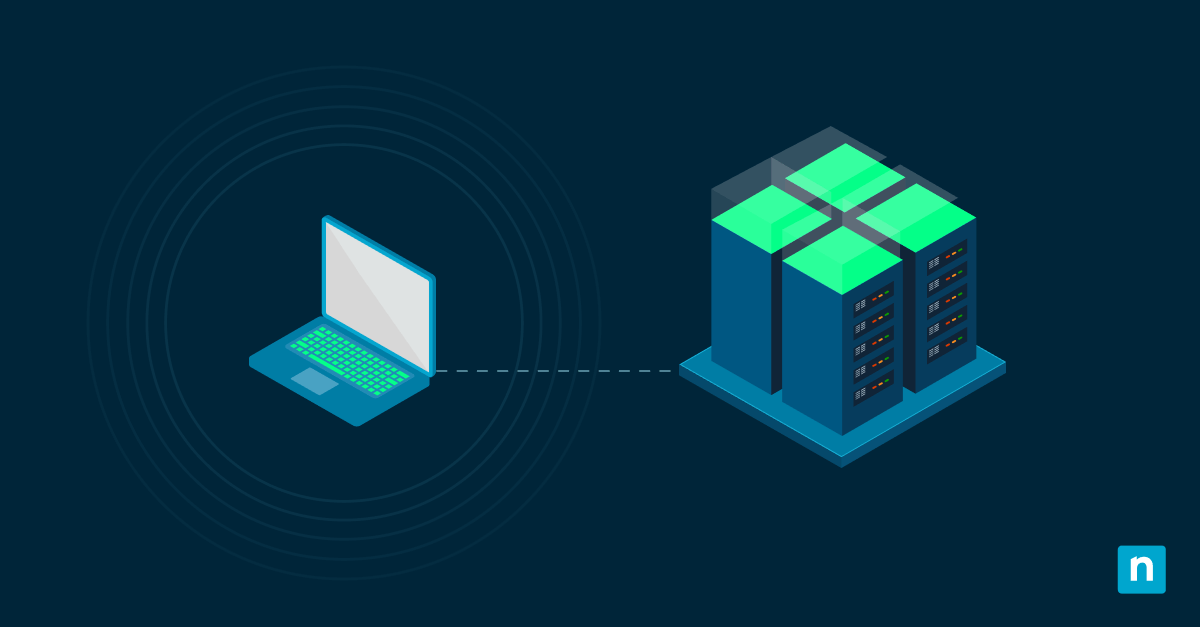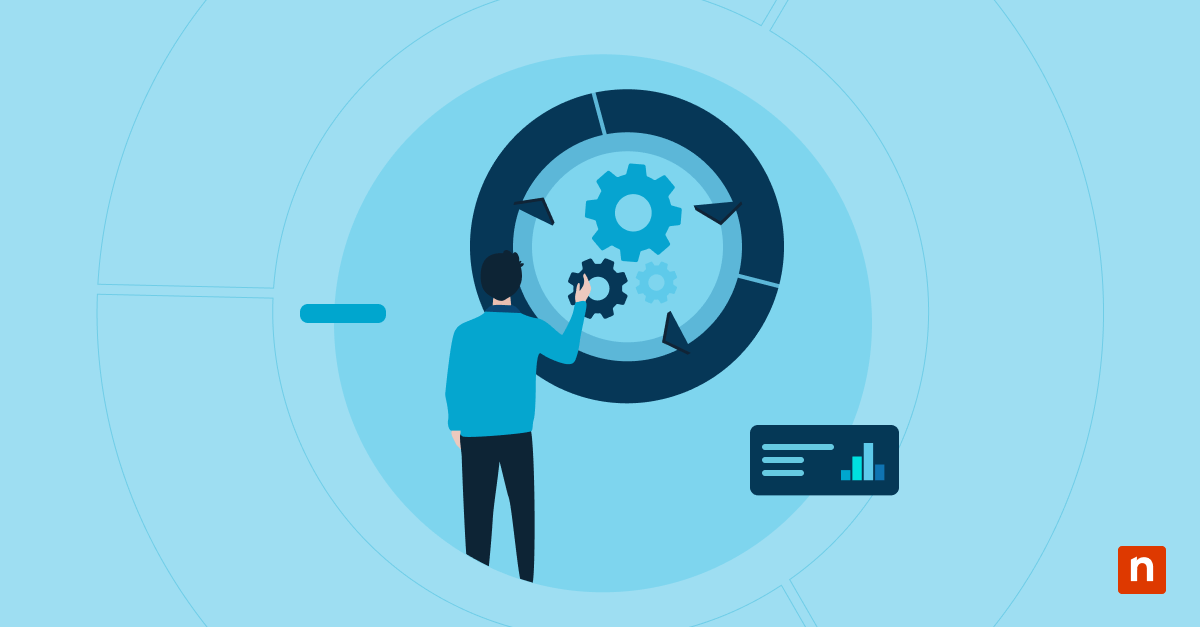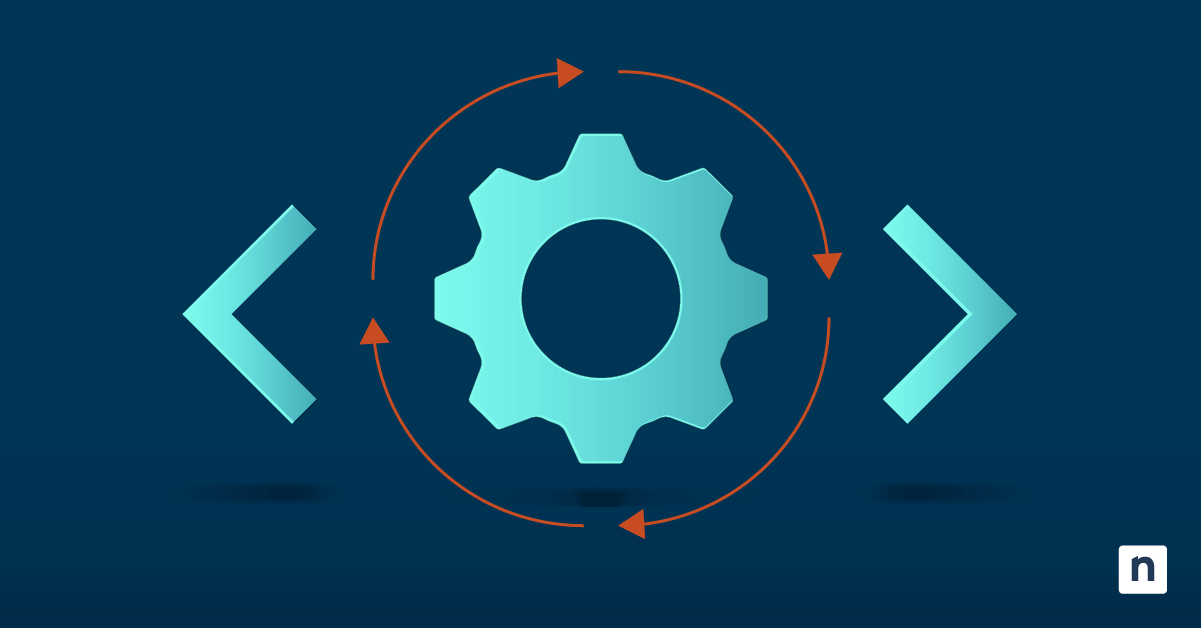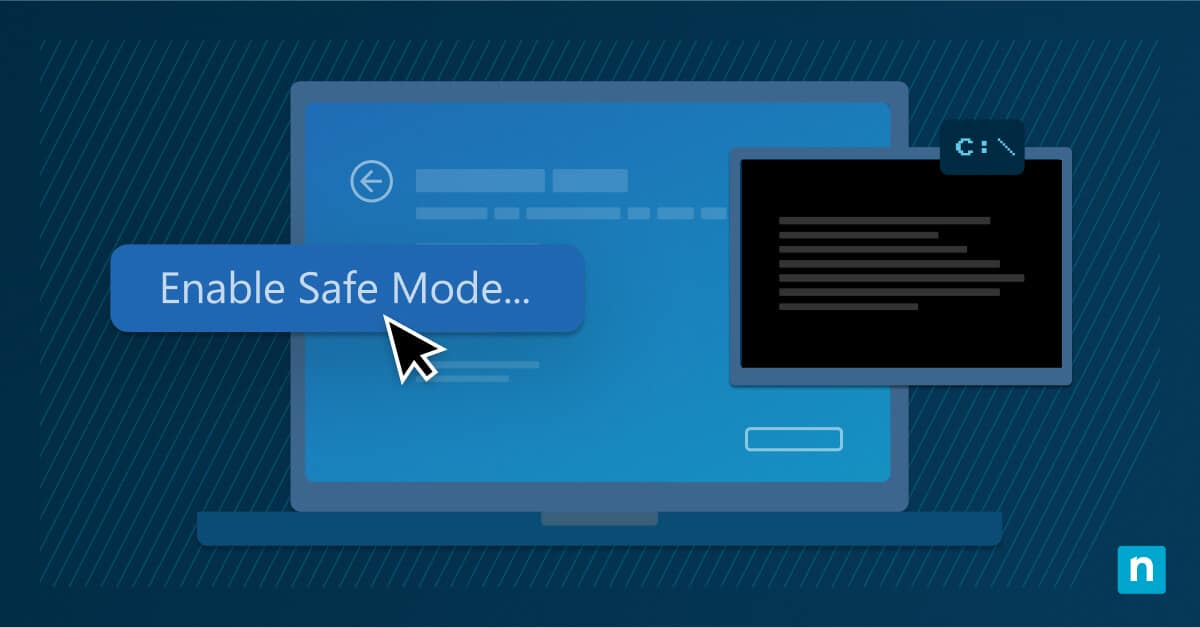Agentic AI systems are already handling student assessments, personalizing learning paths and automating administrative workflows in educational institutions worldwide. Unlike traditional AI tools that require constant human oversight, these autonomous systems make decisions, adapt strategies and execute tasks independently — fundamentally changing how education operates.
Carnegie Learning’s MATHia platform demonstrates this transformation in action, showing substantial improvements in student learning outcomes through autonomous tutoring decisions. Other forward-thinking educational leaders are also implementing agentic systems that operate with minimal human intervention, creating competitive advantages for themselves and their learners.
Why agentic AI in education is gaining momentum
Educational institutions face unprecedented pressure to deliver personalized learning experiences while managing resource constraints and increasing student populations. Traditional approaches are unable to scale effectively to meet these demands. Agentic AI addresses these challenges by operating independently, making real-time decisions based on student data, learning patterns and institutional goals without requiring constant supervision.
The technology’s autonomous nature eliminates bottlenecks associated with human-dependent AI systems. Instead of manual adjustments, agentic AI adapts continuously, learns from interactions and optimizes performance without interrupting educational workflows. This capability transforms how institutions approach curriculum delivery and administrative processes.
Key benefits of agentic AI in education
Agentic AI can deliver measurable improvements across multiple learning dimensions. For instance, personalized learning paths can drive academic performance as they adapt in real-time to student needs. Administrative efficiency gains emerge from automated workflow management and intelligent resource allocation. Cost reduction occurs through optimized resource utilization and reduced manual intervention requirements.
Student engagement improves as systems provide immediate, relevant responses to learning challenges. Faculty productivity increases when administrative tasks are automated, allowing educators to focus on high-value teaching activities. These benefits compound over time as agentic systems continuously learn and improve performance.
How can agentic AI be used in learning
Educational use cases for agentic AI are expanding. Institutions are implementing AI based on primary educational needs, addressing specific learning challenges while contributing to comprehensive institutional transformation.
1. Delivering hyper-personalized learning paths
Agentic AI systems analyze individual student performance data, learning preferences and engagement patterns to create customized educational experiences. For example, Arizona State University’s adaptive learning platform adjusts content difficulty, pacing and presentation style based on real-time student responses, resulting in higher course completion rates.
Step-by-step implementation:
- Configure data collection protocols tracking student interactions, assessment results and engagement metrics.
- Train AI algorithms to analyze patterns and predict optimal learning sequences.
- Deploy automated content delivery systems that adjust materials based on real-time performance indicators.
- Establish feedback loops for continuous algorithm refinement.
When students struggle with specific concepts, the AI immediately adjusts the learning path, provides additional resources, or suggests alternative approaches without waiting for instructor intervention.
2. Providing intelligent, adaptive tutoring
Autonomous tutoring systems function as always-available educational assistants, providing immediate support and guidance tailored to individual student needs. Squirrel AI’s adaptive tutoring platform demonstrates this capability by autonomously identifying knowledge gaps and adjusting tutoring approaches in real-time, achieving learning efficiency improvements compared to traditional methods.
Configuration requirements:
- Install natural language processing modules for student interaction.
- Build knowledge mapping frameworks that identify concept relationships.
- Create decision trees guiding autonomous tutoring responses.
- Implement micro-assessment systems for continuous understanding and evaluation.
The system operates independently, making decisions about when to provide hints, when to increase difficulty and when to revisit foundational concepts based on individual student progress patterns.
3. Optimizing admin and support workflows in education
Administrative processes benefit significantly from agentic AI implementation, with systems handling enrollment management, scheduling optimization and resource allocation without human intervention. Georgia State University’s chatbot system autonomously manages over 200,000 student interactions annually, resolving a majority of inquiries without human involvement.
Implementation steps:
- Map existing administrative workflows and identify automation opportunities.
- Establish workflow automation rules and decision matrices for common scenarios.
- Configure escalation protocols for complex cases requiring human intervention.
- Deploy monitoring systems tracking autonomous decision accuracy and efficiency.
Systems coordinate complex administrative tasks, from managing course waitlists to optimizing classroom utilization, making autonomous decisions about resource allocation and schedule adjustments based on institutional policies and real-time demand patterns.
4. Automating instructional design and content creation
Agentic AI systems create educational content, design assessments and develop curriculum materials based on learning objectives and student performance data. These systems understand pedagogical principles, content standards and assessment requirements, enabling autonomous production of high-quality educational materials.
Configuration process:
- Train AI models on successful curriculum examples and pedagogical frameworks.
- Establish content quality metrics and automated review processes.
- Configure adaptive content generation based on student performance analytics.
- Implement version control systems for content iteration and improvement.
The technology analyzes successful learning patterns and automatically generates similar content structures, practice exercises and assessment items while adapting complexity based on student performance data.
5. Boosting student engagement
These autonomous systems can also boost student engagement by monitoring student behavior patterns, identifying disengagement indicators and implementing intervention strategies without manual oversight. Coursera’s engagement optimization system, for instance, demonstrates this capability by autonomously adjusting course pacing, content recommendations and communication strategies based on individual student behavior patterns.
Implementation approach:
- Deploy behavioral tracking systems to monitor student interaction patterns.
- Configure predictive models identifying early disengagement indicators.
- Establish automated intervention protocols, including personalized messaging and resource recommendations.
- Create feedback mechanisms measuring intervention effectiveness.
The system makes real-time decisions about when to send reminders, suggest study groups, or provide additional resources based on predictive models of student success.
6. Monitoring digital behavior to enhance safety
Safety monitoring systems operate continuously, analyzing digital interactions, communication patterns and behavioral indicators to identify potential safety concerns. Bark’s AI monitoring system processes millions of digital interactions daily, autonomously identifying potential safety issues and alerting appropriate personnel when intervention is needed.
Setup requirements:
- Configure comprehensive monitoring protocols across digital platforms.
- Train AI models on safety pattern recognition and threat assessment.
- Establish automated alert systems with appropriate escalation procedures.
- Implement privacy protection measures, ensuring compliance with educational data regulations.
The system makes nuanced decisions about threat levels, appropriate responses and escalation procedures based on a comprehensive analysis of digital behavior patterns and established safety protocols.
How IT teams and MSPs support agentic AI in education
Successful agentic AI implementation requires robust technical infrastructure and ongoing support capabilities. IT teams must establish secure, scalable platforms that can handle autonomous system operations while maintaining data privacy and system reliability. This includes implementing proper API management, ensuring adequate computing resources and establishing monitoring systems that track autonomous decision-making processes.
Managed Service Providers (MSPs) play an important role in supporting agentic AI deployments by providing specialized expertise in AI system management, security monitoring and performance optimization. They help institutions navigate the technical complexities of autonomous system integration while ensuring compliance with educational data privacy requirements.
The future of agentic AI in education and learning
Educational institutions are moving toward fully integrated agentic AI ecosystems where autonomous systems handle increasingly complex educational and administrative functions. Early adopters are already seeing significant competitive advantages through improved learning outcomes, operational efficiency and student satisfaction.
Institutions that implement agentic AI now safeguard themselves against future educational challenges, while those that delay adoption may struggle to compete with more efficient, responsive and effective educational delivery models. The transformation is already underway — the question is which institutions will lead and which will follow.








